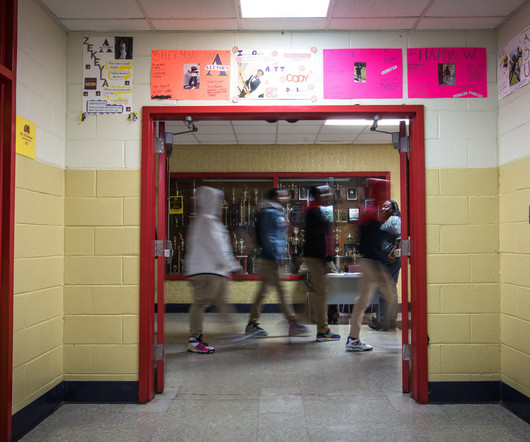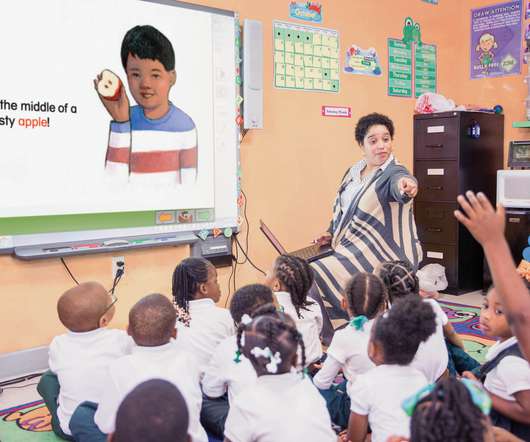5 steps to ensure accessibility
eSchool News
APRIL 11, 2019
While the Individuals with Disabilities Education Act (IDEA) was last reauthorized in 2004, with amendments in 2015, and the Web Content Accessibility Guidelines (WCAG) updated back in 2008, the demand for accessibility and equality in education continues to grow. Related: 3 steps to a more accessible classroom.






























Let's personalize your content